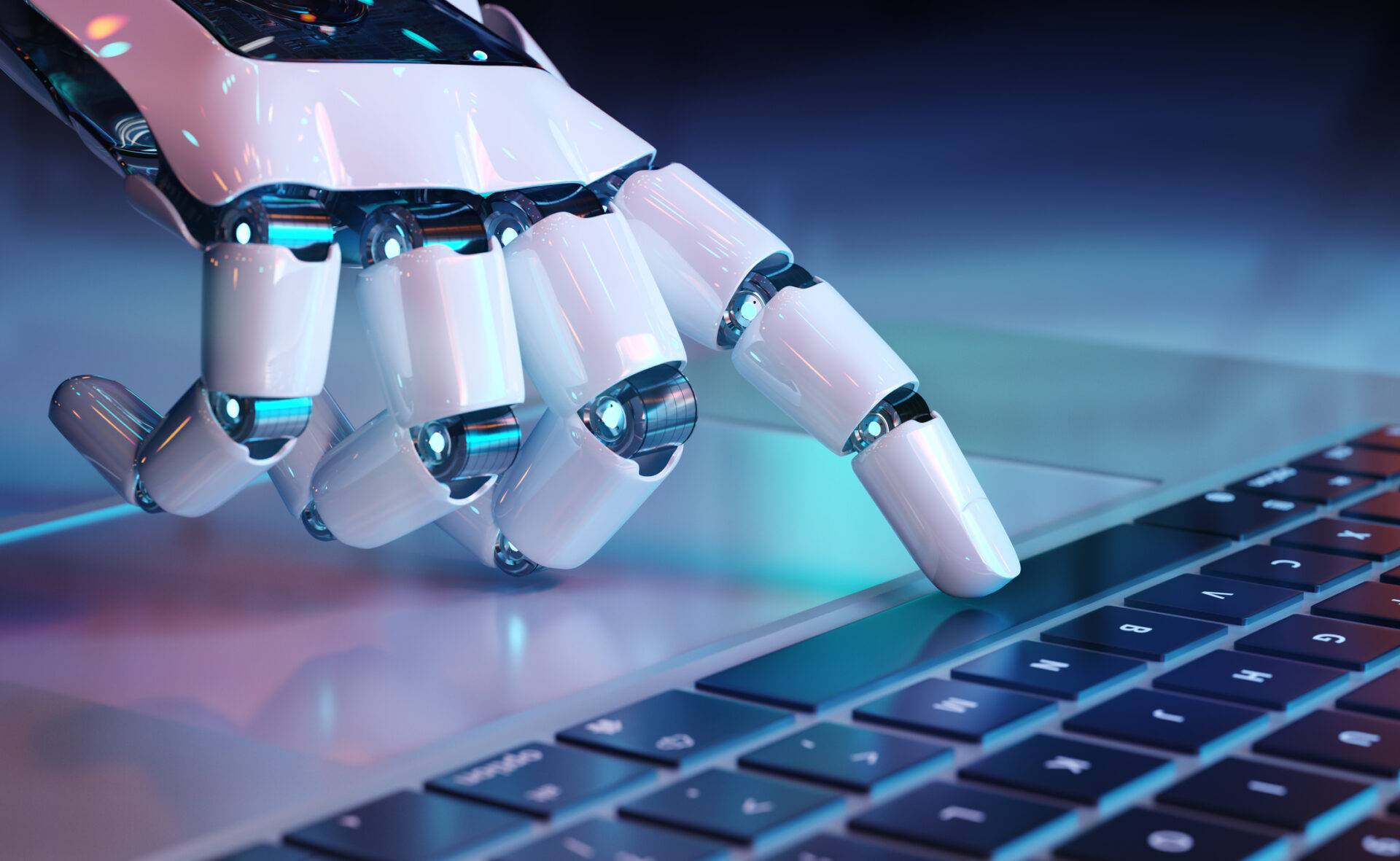Following the publication by The House of Commons Library of their report on Artificial Intelligence (AI) and Employment Law, we consider how AI and employment law might overlap.
What is AI?
“…the science and engineering of making intelligent machines, especially intelligent computer programs. It is related to the similar task of using computers to understand human intelligence, but AI does not have to confine itself to methods that are biologically observable.”
AI is a term that involves a wide variation of technologies, many are being used in workplace management. Although the use of these technologies has offered great potential, it has also proved controversial and raises some legal concerns.
‘Algorithmic management’ refers to the use of AI or additional algorithmic tools by employers to manage employees. Across many parts of the UK, the use of algorithmic management and other AI tools has become more prevalent:
- Recruitment, to create job vacancies, find possible applicants, and filter CVs. Many recruiters use automatically scored tests as part of the process to recruit someone.
- In performance management and task allocation, such as organising shifts and evaluating employee performance.
- Monitoring employees and keeping records of productivity as well as health and safety records in the workplace.
Use of AI at work:
Recruitment: Sourcing possible employees
AI can be used as a tool to identify qualifications, skills, and experience needed for a certain job from a job description, to help source suitable applicants. AI tools can be used to produce draft job descriptions and chatbots can be used to help guide applicants through the application process, and interview process, and answer any general questions candidates may have regarding the job advert or description.
Examining CVs
After the role has been advertised, AI algorithms can go through each application form and CV and extract relevant information needed for the role; categorising it based on criteria such as, skills, education, and experience.
Line Management
Scheduling shifts
AI tools can be used to organise employees’ shift patterns by using automatic shift allocation algorithms, which means employees can put in their preferred shifts, availability, and annual leave requests, and the AI system will present suitable suggestions to the employer. It’s a way of scheduling employees’ shifts based on reason and preference/availability. It will also use traffic history, point-of-sale data, and weather forecasts to predict the likely volume of customers and staffing requirements as a result.
Health and Safety
Robots and computers can be used to identify and monitor hazards in the workplace to avoid or reduce workplace accidents.
Monitoring and surveillance
AI presents a significant opportunity for employers to monitor their employees. This could be on the basis of improving workplace safety and productivity, for example, for delivery drivers, AI-based monitoring systems could help improve safety by tracking the metrics of the vehicle, i.e. speed, seatbelt usage, and the driver’s physical state to alert other drivers to any immediate concerns.
However, employers need to be careful when considering implementing any new monitoring and surveillance as can perceive this as intrusive or conveying a lack of trust. Any new employee monitoring needs to be considered and ideally, staff should be consulted before any policies are introduced. Employers will also need to give thought to the data protection elements of monitoring.
UK law surrounding employment law and AI
Currently, there are no specific UK laws surrounding the use of AI and additional algorithmic management tools in the workplace, but there are lots of areas of existing regulation that could be relevant.
Common law
The common law relationship between an employer and employee is based on mutual trust and confidence.
AI may damage this relationship as the mutuality of obligation could be threatened when using AI to make or inform employers decisions as it can be more difficult for an employer to explain why their decisions have been taken in good faith.
Discrimination
The Equality Act 2010 outlaws discrimination against employees on the grounds of certain protected characteristics, such as race, age, or sex. It is well known that AI tools can display biases due to the ways in which they are trained; therefore, this means some of the AI tools may be seen as unlawful unless the business ensures it minimises any biases.
Privacy law
It’s important to note that when thinking of installing monitoring and surveillance Article 8 of the European Convention on Human Rights protects the right to privacy for employees and the Human Rights Act 1998 also has restrictions on the use of surveillance tools to monitor employees.
Comment
There are significant benefits that AI can bring to employers but it is important that employers consider the scope and impact of AI tools before they proceed to introduce them.
How can we help?
Laura Kearsley is a Partner in our expert Employment Law team. Laura has a strong reputation in all aspects of employment law, including Employment Tribunal litigation, discipline and grievance issues, and unfair and constructive unfair dismissal claims, and has particular experience in developing HR support services for businesses.
If you would like any advice in relation to the subjects discussed in this article, please contact Laura or another member of the team in Derby, Leicester or Nottingham on 0800 024 1976 or via our online form.
Contact us


